Silent steps through the Álamo Ravine
The circular route through Teror’s Álamo Ravine embraces Gran Canaria’s biodiversity and countryside.
The ravines are arteries where Gran Canaria’s life blood flows most intensely. Here, sheltered between stone walls, nature drinks water from the springs, it climbs, flowers, creeps, puts down roots and multiplies. It also lays green blankets over the basalt rock; it squeezes into implausible gaps and offers shelter between light and shade for anyone or anything that requires protection from the hustle and bustle of the world. This all happens on Teror’s Álamo Ravine path.
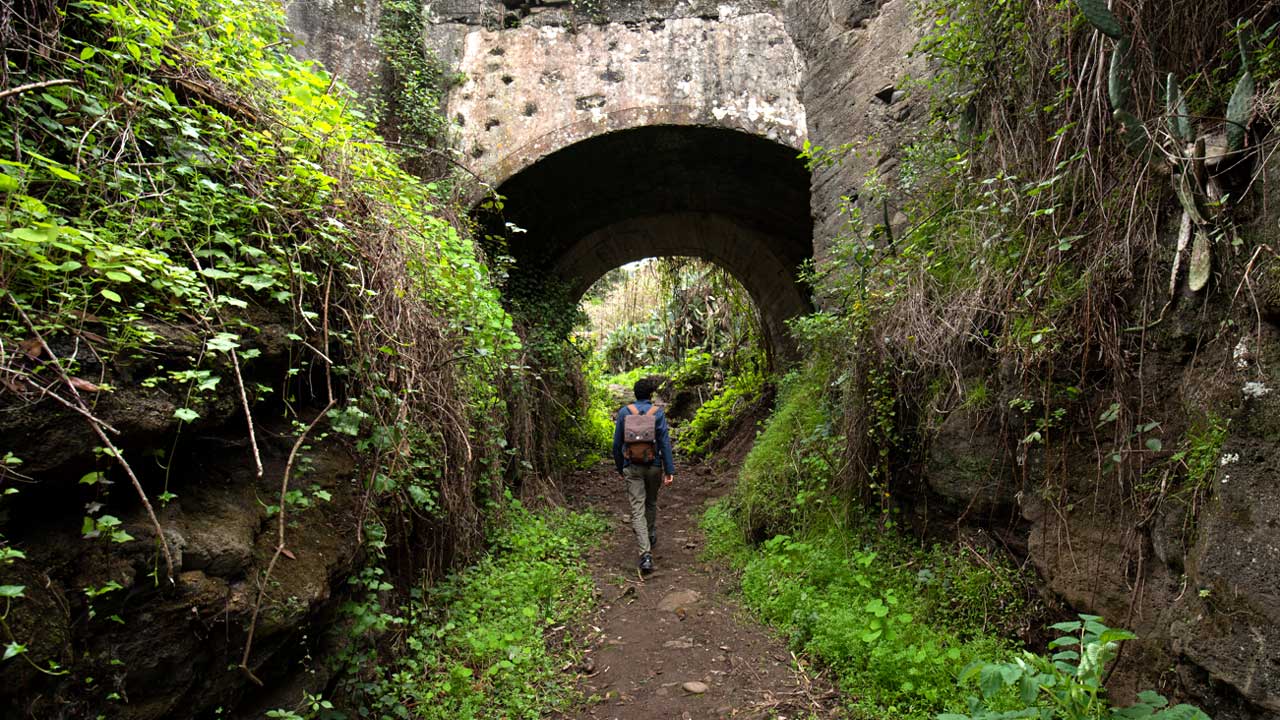
This ravine is a time and space capsule. Thermophilic species such as palm trees and laurel forest specimens live side by side in this kingdom of nuances and silences with century-old crop terraces and bridges that complete this rural scene in the heart of Gran Canaria. It is topped off by two staircases to help you climb to steepest points, the distinguishing mark of this circular route running for just over five kilometres.
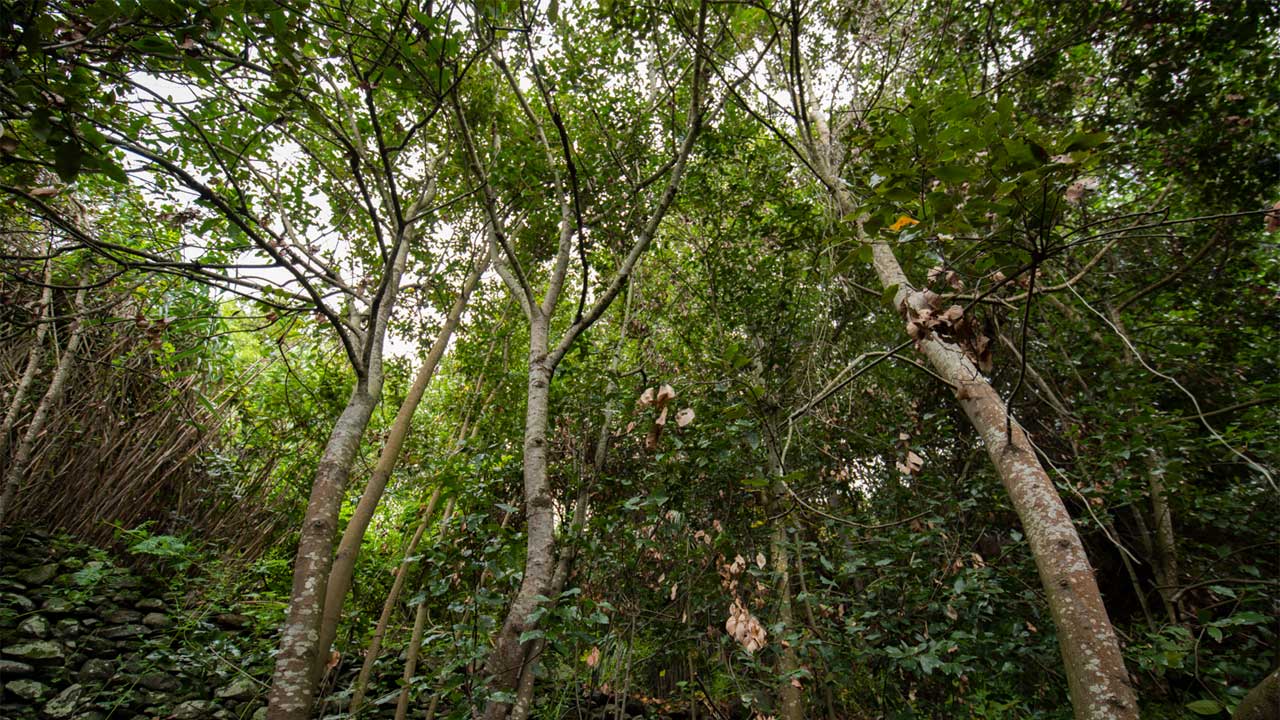
The route leaves from Plaza de Nuestra Señora del Pino, with your back to Teror Basilica, one of the Canary Islands’ neoclassic treasures, it drops down through the Los Viñátigos and Ignacio Quintana Marrero streets and leads you to El Muñigal bridge, which looks like the entrance gate to a small world of sensations anchored in the depths of the ravine.
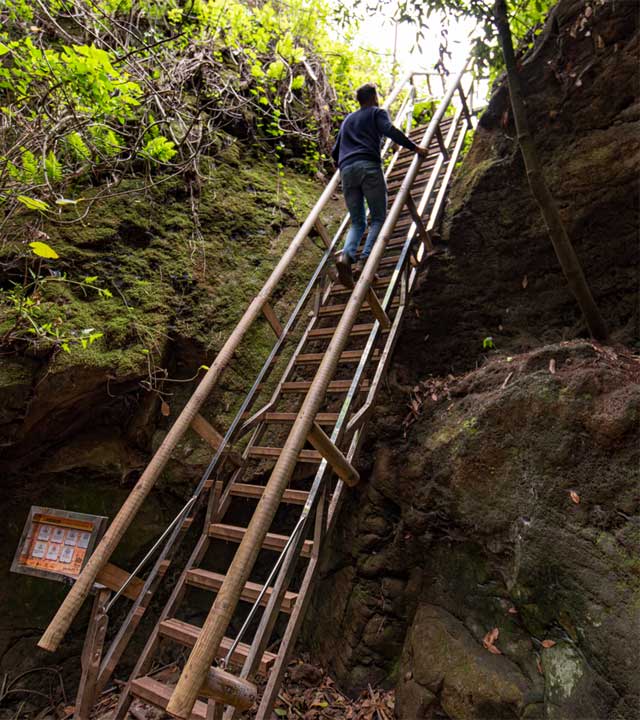
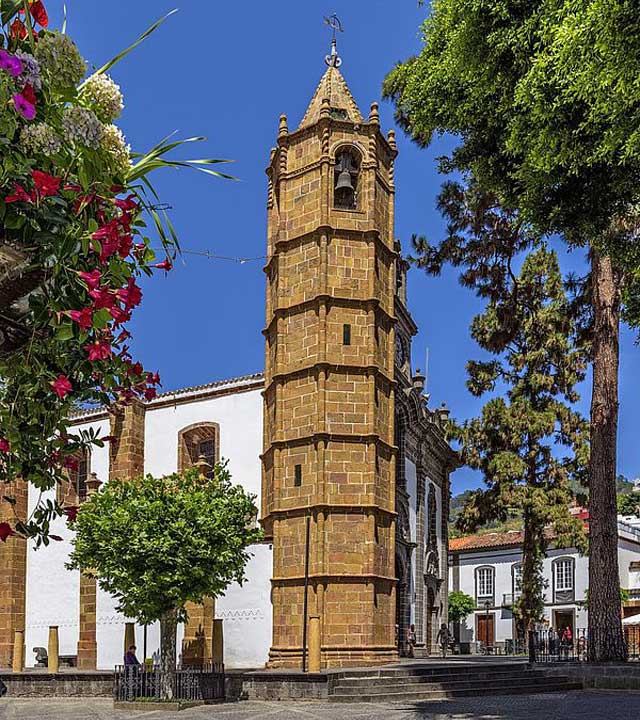
Drago trees, Canary palm trees, loquat trees, Indian figs and Kleinia neriifolia (in the daisy family) play a full symphony for Gran Canaria’s biodiversity. This orchestra is multifarious, although its notes harmonise perfectly, one after the other, in harmony with the dry-stone walls that hold up the earth on the crop terraces. Once you’ve walked the first kilometre and a half, you’ll get a helping hand from the first flight of stairs, taking you up an almost vertical wall five metres high.
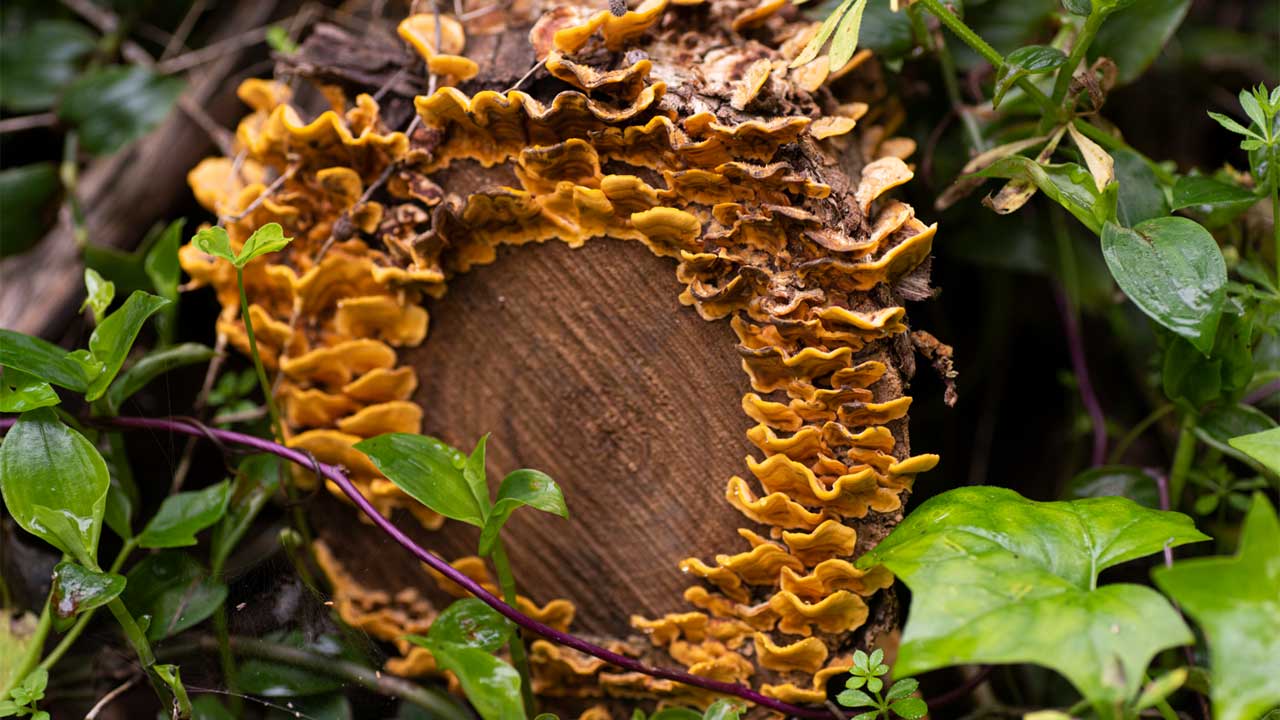
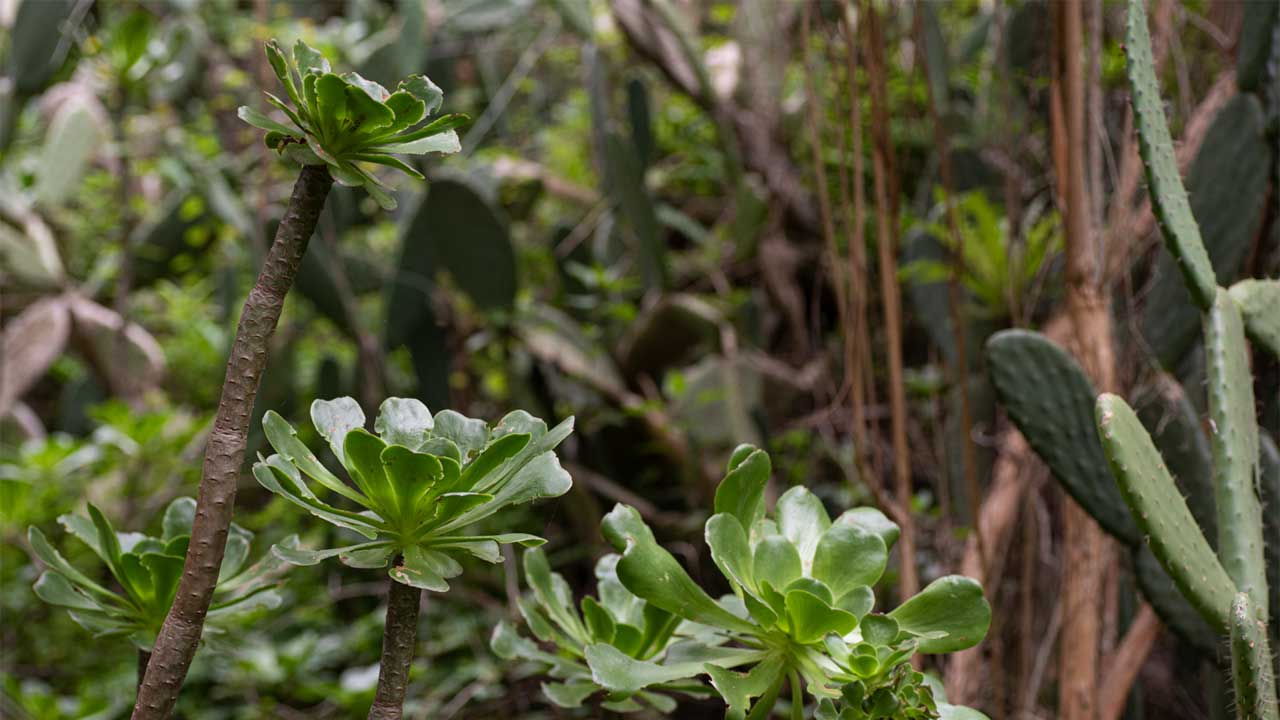
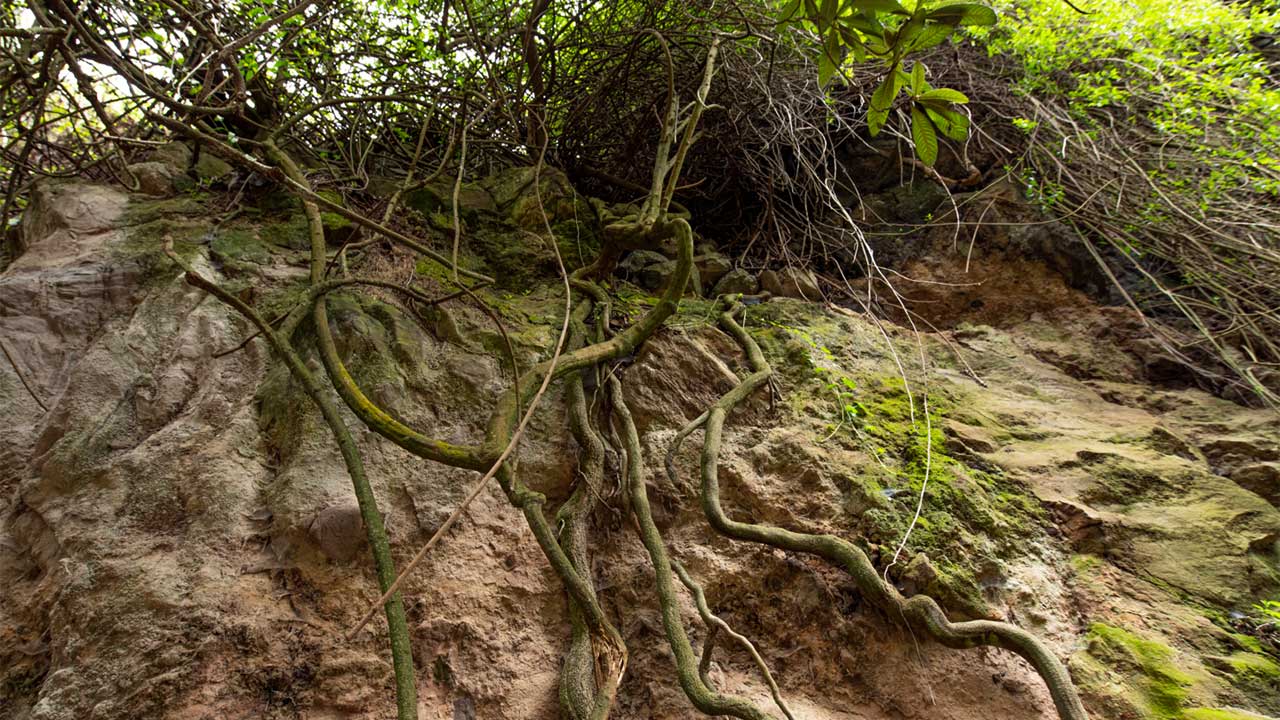
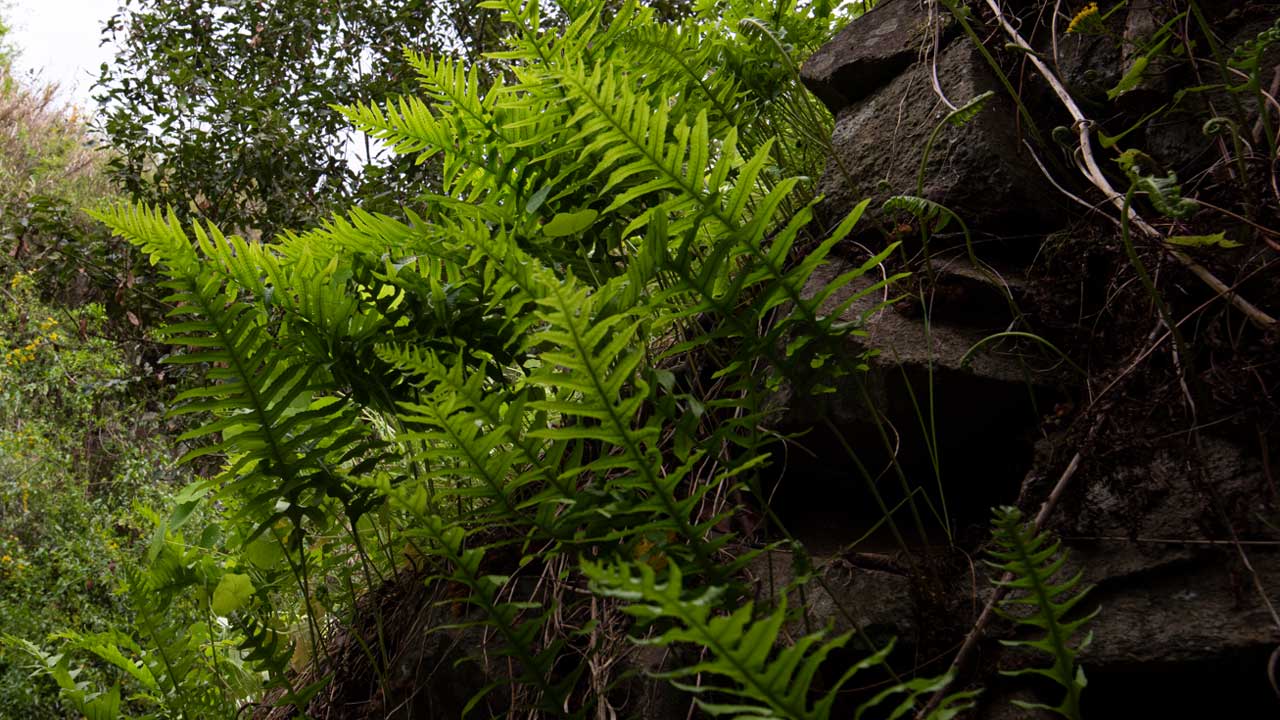
The ravine frequently changes its face and clothing. Sometimes it is luminous and expansive. At other times, it seems to hide under a dark veil. In this section, it looks considerably different to the start of the trail. Signs of human life melt away, leaving huge walls that rise dizzyingly up to great heights. Ferns bloom here and laurel forest plants abound, a proud echo of the former rainforest or greenwoods that covered most of Gran Canaria’s midlands.
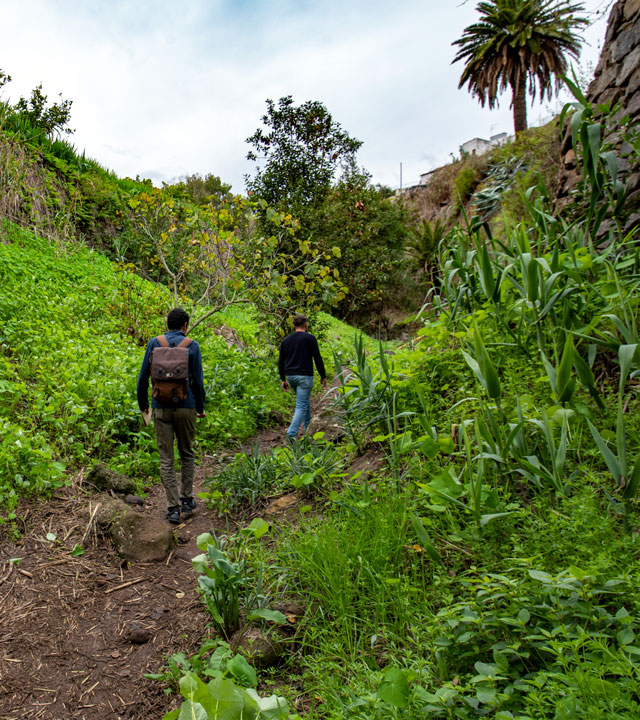
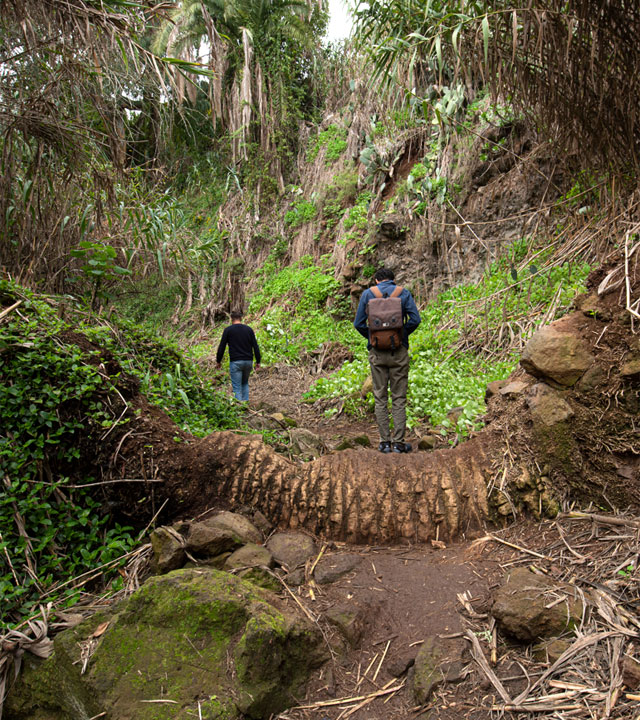
The second, smaller, staircase appears once you have walked two kilometres and takes you up to the final part of the ravine. This feels like the closing credits for this walk, although everyone knows that ravines go on to blend into the landscape of our memories.
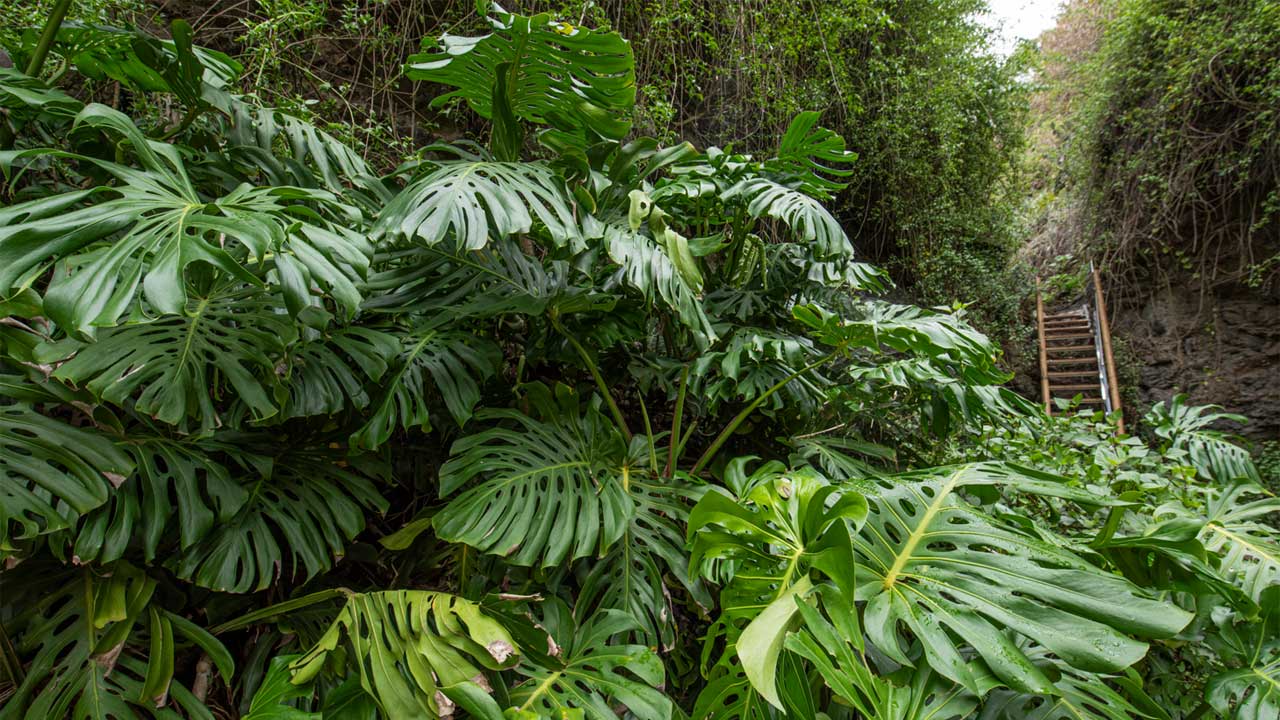
After revealing its secrets over three kilometres, the trail leaves the ravine and returns to the centre of Teror along the Álamo Royal Path. Now you can get a bird’s eye view and appreciate the mosaic of the croplands and the traditional rural houses. This is another attraction of this route within the ‘Senderos y vida’ (Trails and Life) project that connects with a section linking La Molineta with Los Arbejales, recently restored by Teror Town Council.
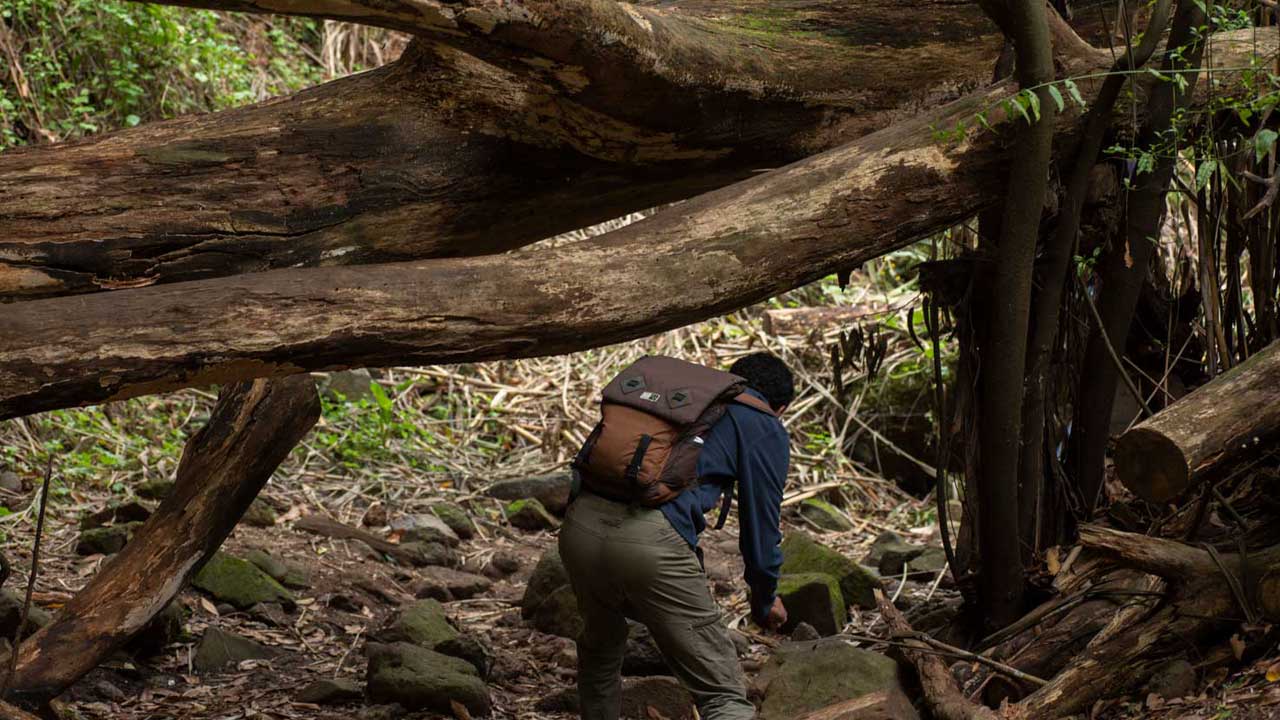

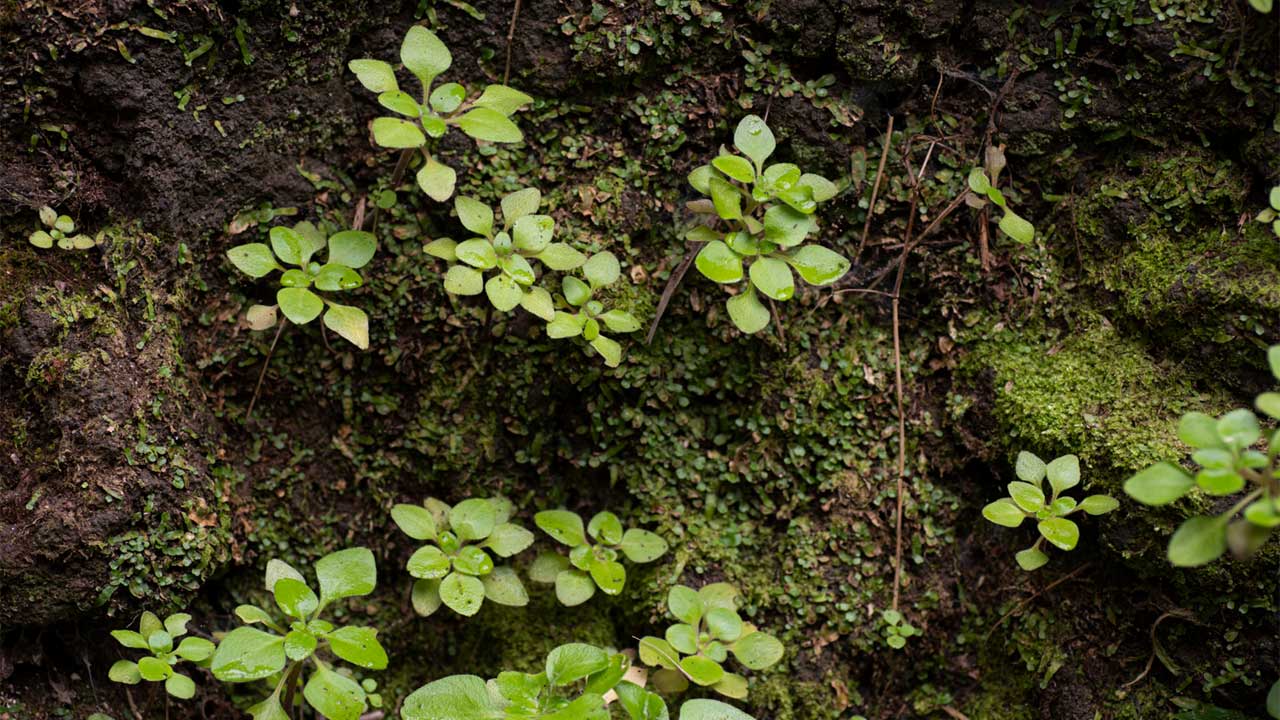
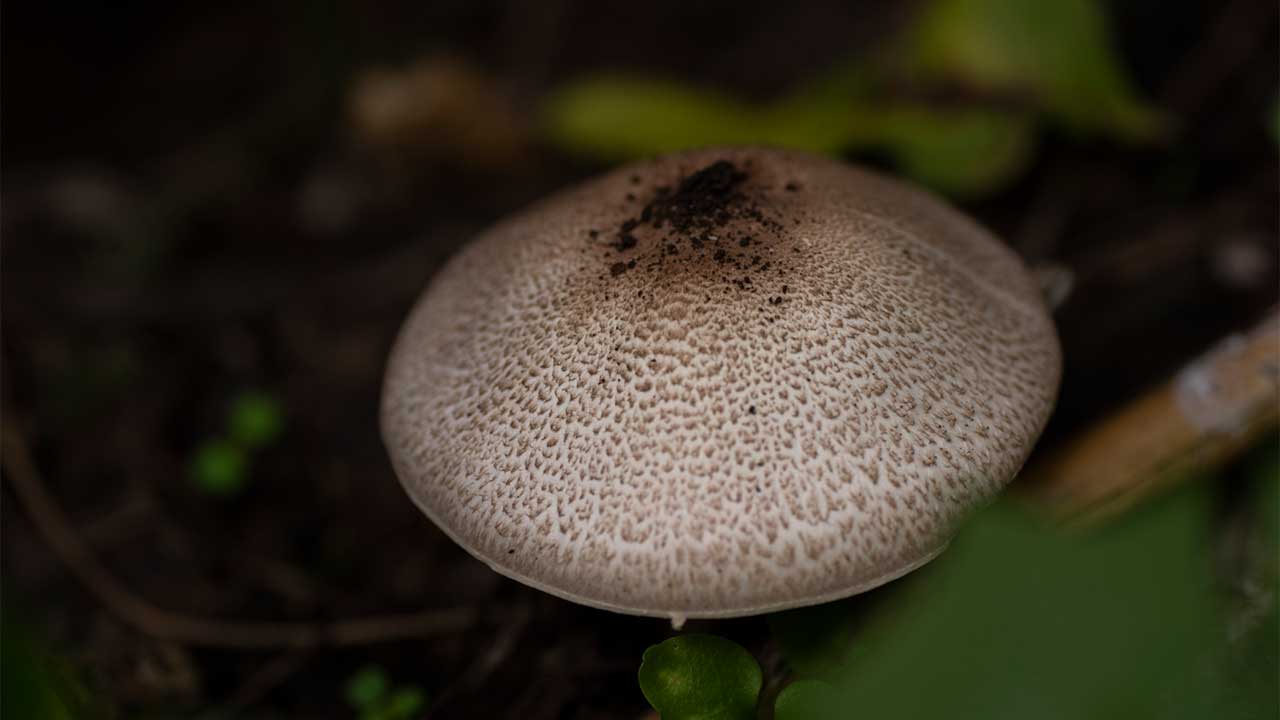
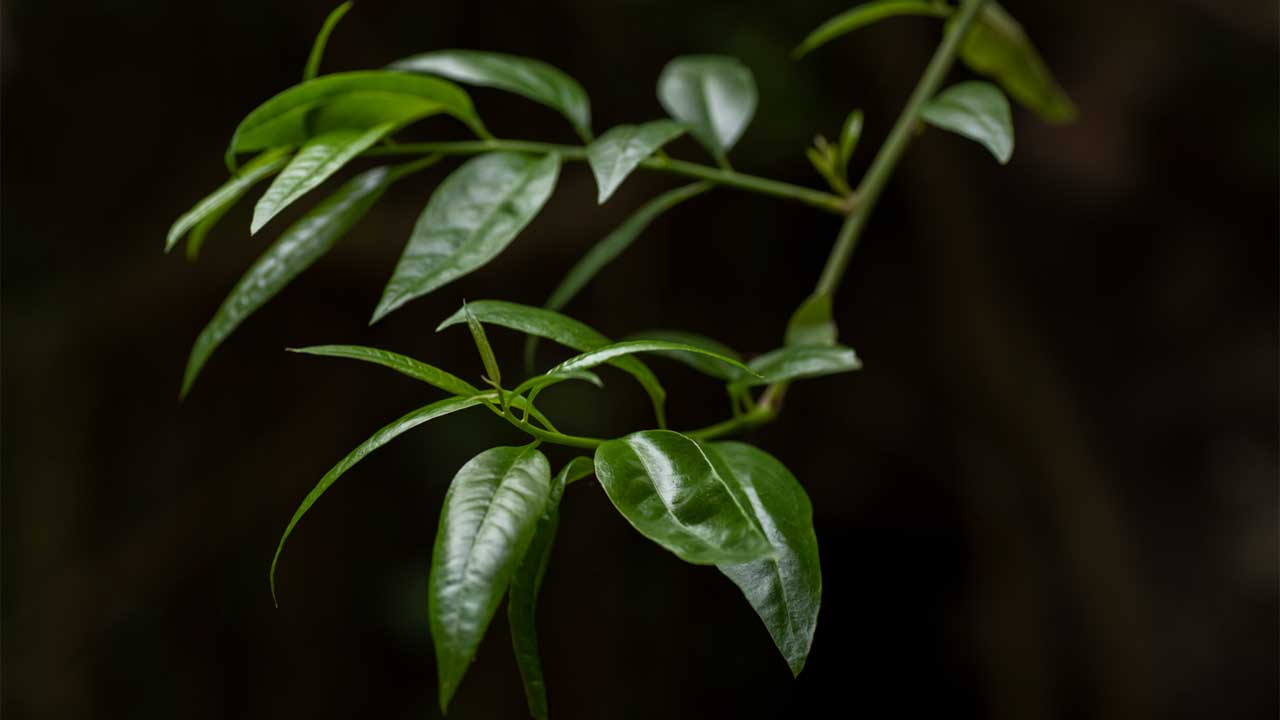

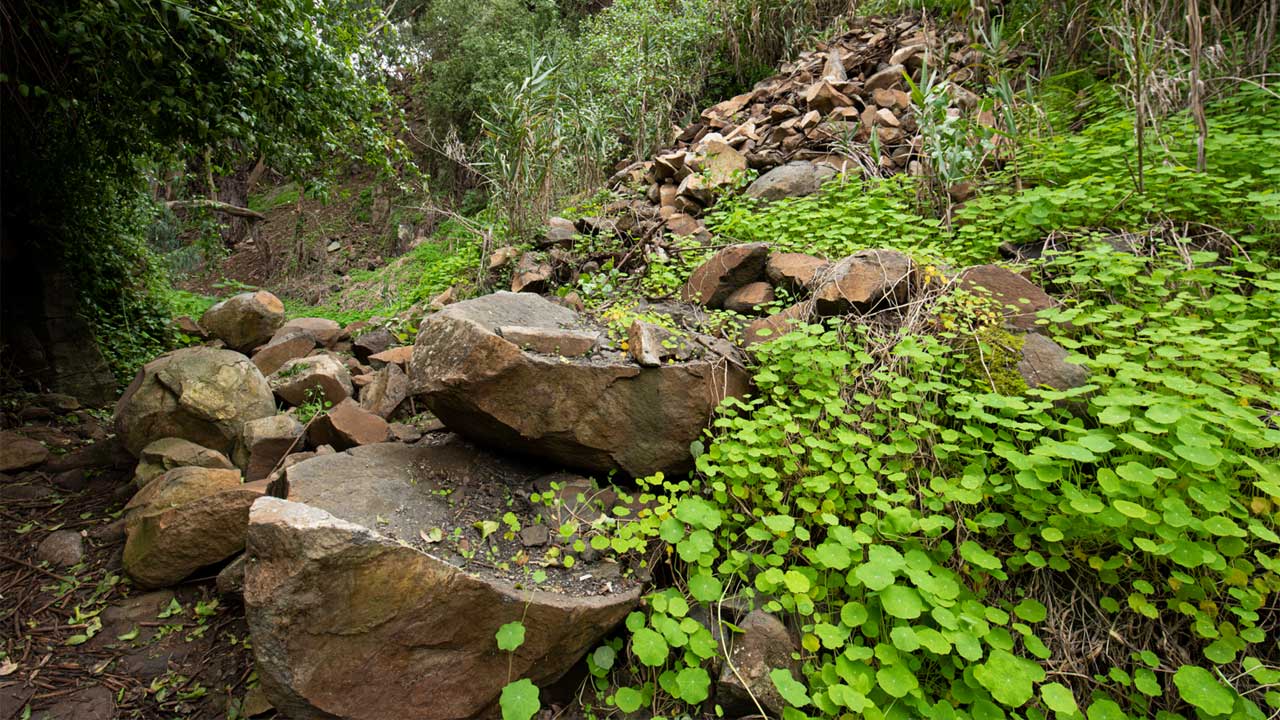
You are walking back to where you started but part of you, that needs that intimate contact with nature, has happily stayed behind in the Álamo Ravine. As the Basilica's dome comes into view, you realise that the track is about to become the cobbled streets of Teror, a town that is deep and full of life, like its ravines

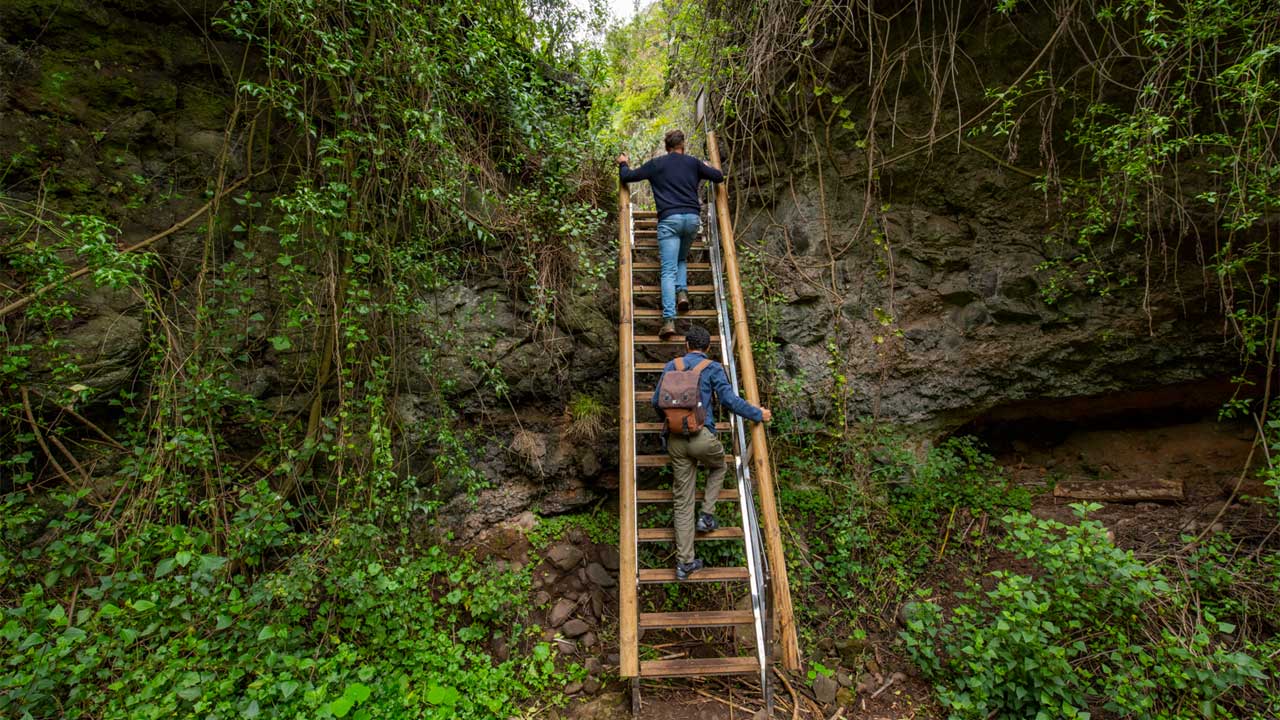
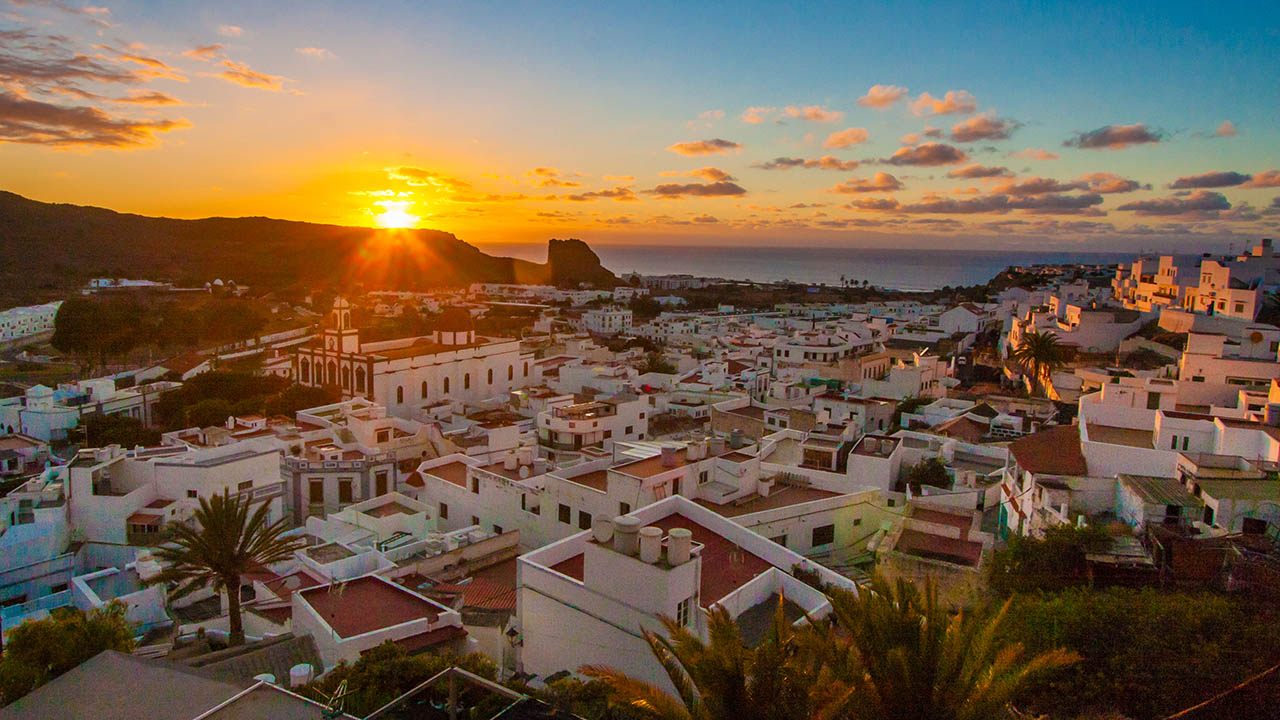
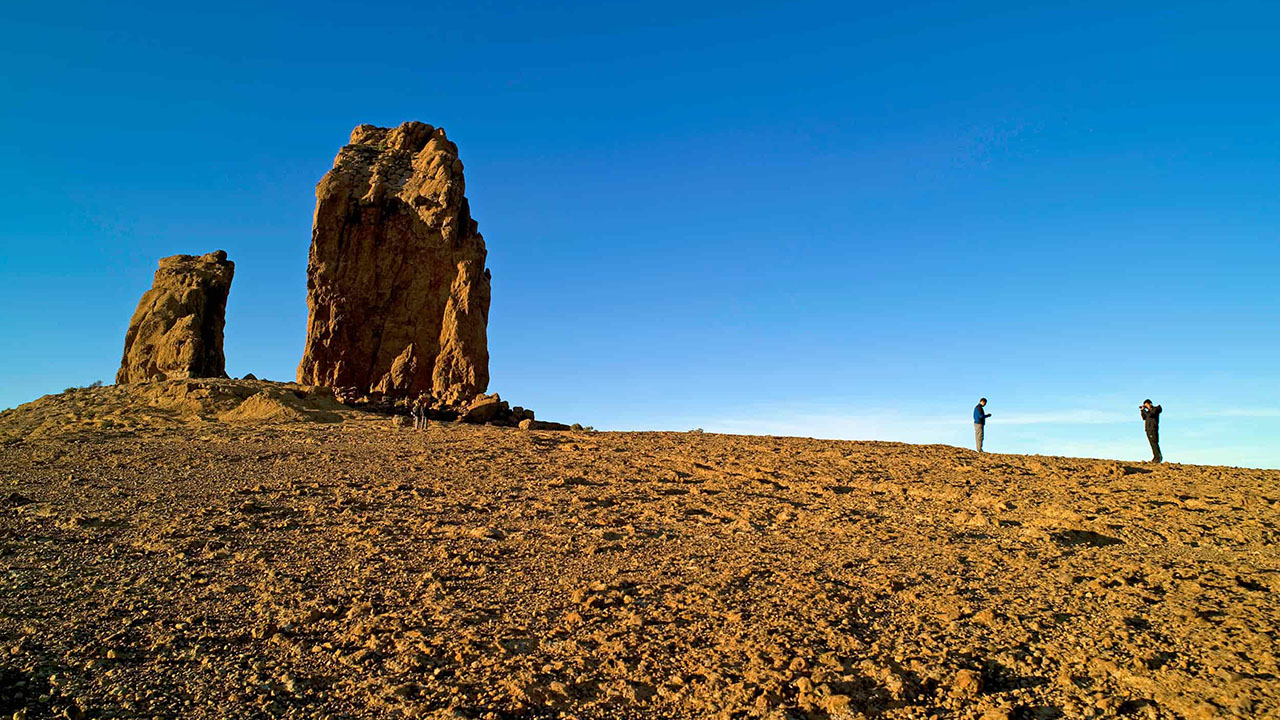
Comments are disabled for this post.